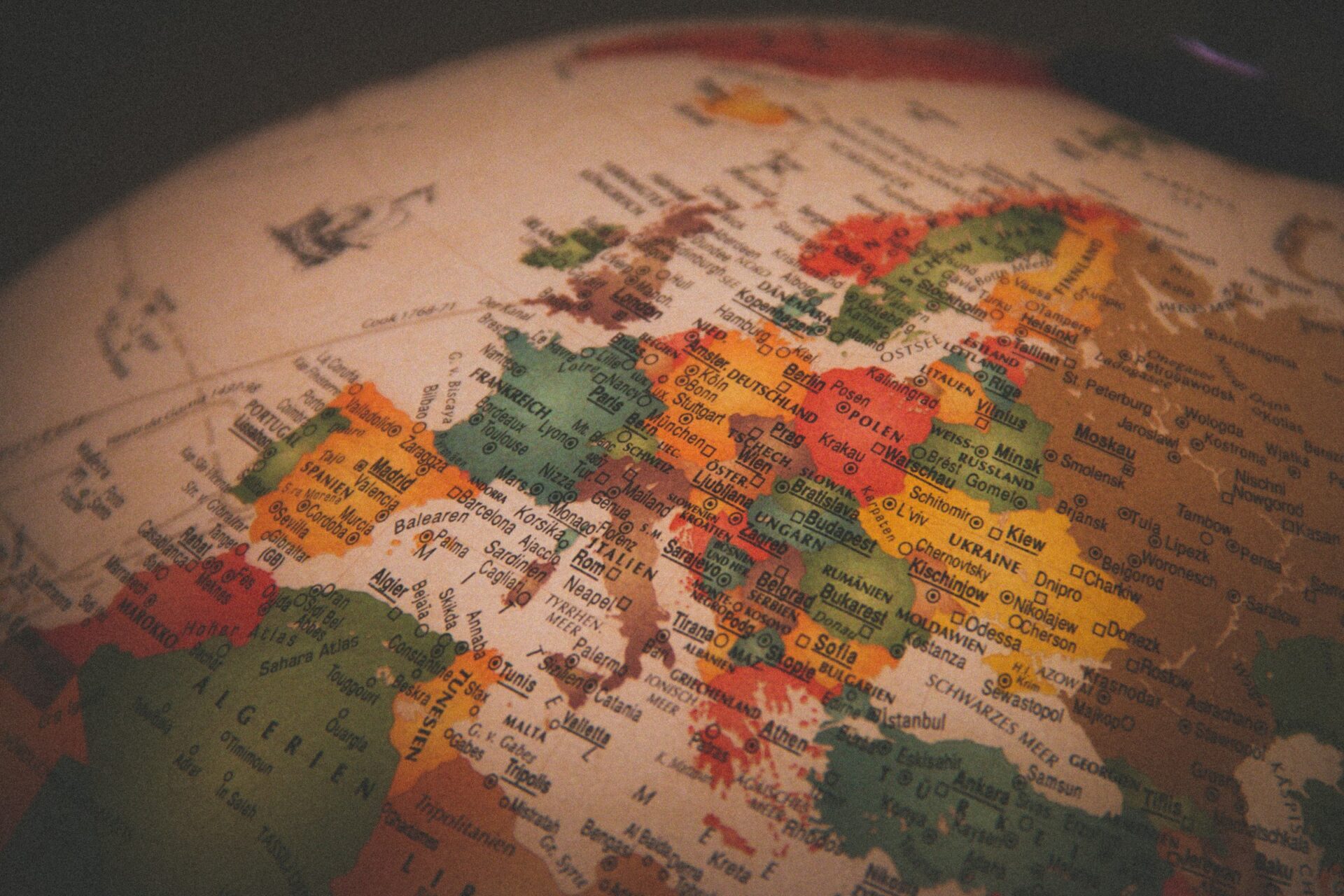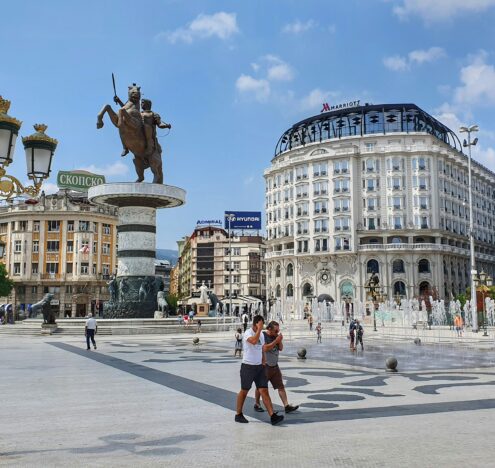Borders define states — but what defines borders? A new paper by Carl Müller-Crepon, Guy Schvitz, and Lars-Erik Cederman, “Shaping states into nations: The effects of ethnic geography on state borders,” published this month in American Journal of Political Science, looks at the impact of ethnic geography and nationalism on borders, beginning with the 19th century and through to today. Nationalism, they argue, creates pressure for borders to be redrawn, which means that states end up being more congruent with various ethnic groups.
The authors “introduce a Probabilistic Spatial Partition Model to test this argument, modeling state territories as partitions of a planar spatial graph.” The model was meant to address three challenges: border formation is an “intractable problem,” as there could be an infinite number of partitions, chopping territory into ever smaller units; borders entail “spatial dependencies”; and, assessing ethnic geography requires an assessment of geographic features. The model let them estimate “the conditional effect of spatial features” on the partitioning of geographic spaces into states.
The authors believe that nationalism created the demand for ethnically homogeneous nation states, and that this, in turn, created a map of Europe that aligns with its map of ethnicities. The authors take readers of their study through a history of nationalism, unpacking the ways in which it transformed Europe.
The authors believe that nationalism created the demand for ethnically homogeneous nation states, and that this, in turn, created a map of Europe that aligns with its map of ethnicities.
They then turned their model to Europe, and used data on Europe’s ethnic geography going back to 1855 and found that the conditional probability that two locations separated by ethnic boundaries is increasingly likely to be divided or become divided by a state border. Secession is an important part of this, and the authors found statistically significant effects “of being ruled from a non-coethnic capital on demands for and realizations of secession.” The authors found similar dynamics at play in Asia — but not in the Americas or in Africa.
The authors believe that their model could, in the future, be used not only to develop borders, but also to “study partitionings like administrative units or electoral districts.”
Ultimately, they found “that ethnic geography has an important and continuing impact on the shape of European states. In consequence, the common treatment of states (and other political units) as fixed and exogenous entities comes at the risk of selection and reverse causality biases.”
Where does that leave nations — and states? The authors end by wondering whether, just as nations changed the shape of states, so might a different kind of thinking about states change the shape of nations. Pulling the “nation” and “state” of “nation-state” apart could “succeed in depoliticizing ethnic divides.” More practically, the authors write of international territorial integrity norms — though they also acknowledge that rising nationalism makes these more difficult to uphold.





















